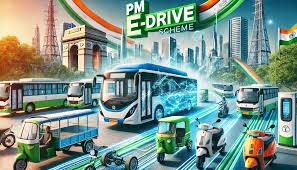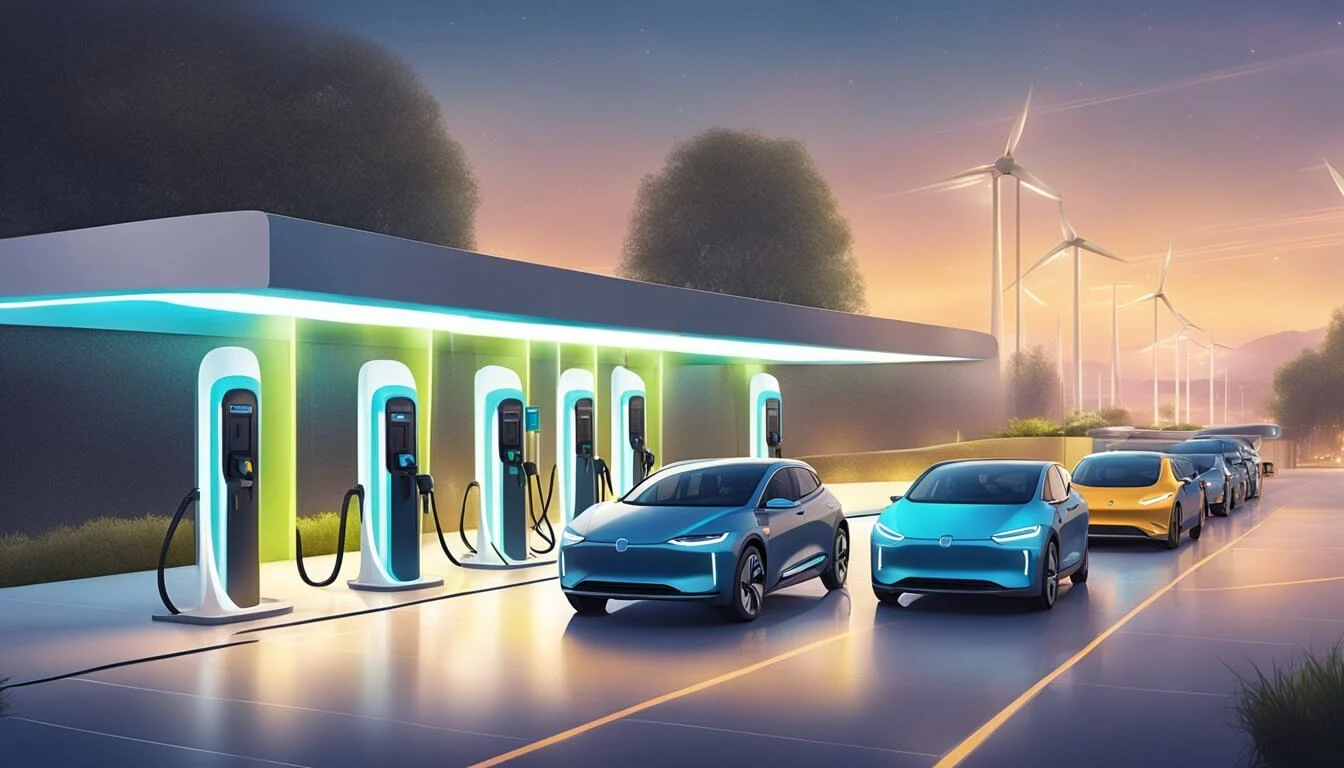New Delhi, April 4, 2025 — In a continued push to accelerate India’s transition to clean mobility, the Government of India is offering substantial subsidies under various schemes to make electric vehicles (EVs) more affordable and accessible. Aimed at boosting EV sales and cutting down pollution, the Ministry of Heavy Industries (MHI) is spearheading key initiatives, including the newly launched PM Electric Drive Revolution in Innovative Vehicle Enhancement (PM E-DRIVE) scheme.

Launched on September 29, 2024, with an outlay of ₹10,900 crore, the PM E-DRIVE scheme is valid for two years until March 31, 2026. Under this scheme, buyers of electric two-wheelers (e-2Ws) are eligible for incentives of ₹5,000 per kWh (up to 15% of the ex-factory price) in FY 2024–25, and ₹2,500 per kWh in FY 2025–26. The subsidy is capped for vehicles priced under a specified threshold.

In addition, the Production Linked Incentive (PLI) Scheme for Automobile and Auto Component Industry, with a budget of ₹25,938 crore, is enhancing India’s manufacturing capacity for Advanced Automotive Technology (AAT), which includes EVs. Another significant move is the PLI Scheme for National Programme on Advanced Chemistry Cell (ACC) Battery Storage, which earmarks ₹18,100 crore to support domestic battery manufacturing—considered the backbone of EV technology.
Beyond central schemes, several state governments are also offering local subsidies to further reduce the upfront cost of EV ownership. On the infrastructure front, the Ministry of Power has issued new Guidelines for Installation and Operation of EV Charging Infrastructure-2024, enabling office buildings and complexes to easily install charging points for employee use.
Together, these efforts are positioning India as a future-ready EV hub, making green mobility not just a goal, but an achievable reality for millions of citizens.
